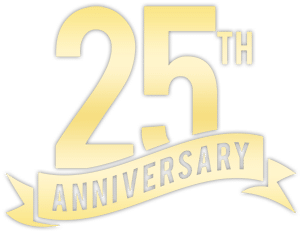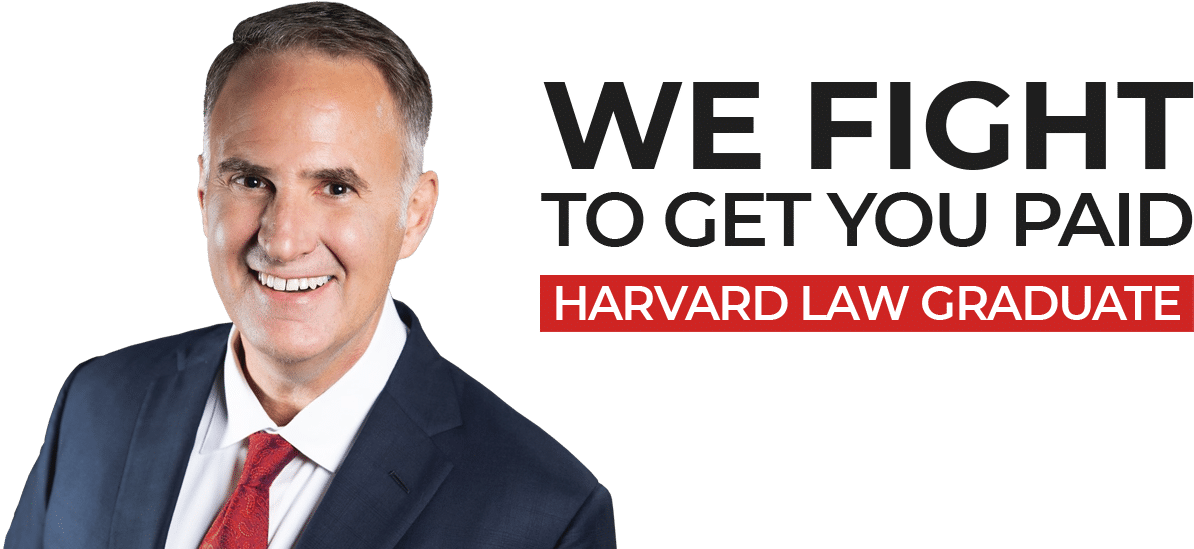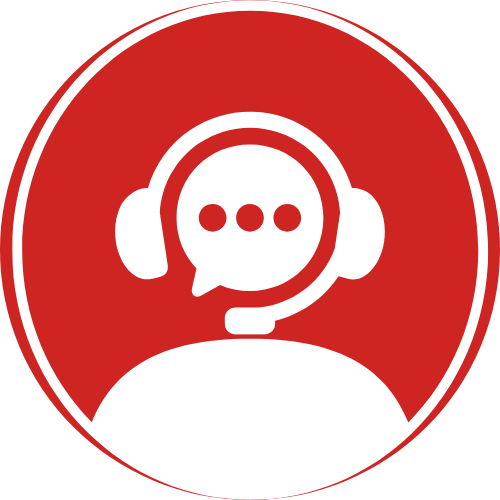Every year, thousands of accidents occur because drivers attempt to avoid hitting animals on Florida roads. With its vast wetlands, forests, and suburban developments near wildlife habitats, Florida is a prime location for these unpredictable, and often dangerous, encounters. While the initial goal may be to protect wildlife, the consequences for drivers and passengers can be devastating.
Understanding your legal rights after a wildlife avoidance crash in Florida is crucial—especially when another driver’s attempt to swerve results in you getting injured. In these cases, a seasoned personal injury lawyer can be your best ally.
How Common Are Wildlife-Related Crashes in Florida?
The Florida Highway Safety and Motor Vehicles (FLHSMV) department reported over 3,100 crashes involving animals in a recent year. However, experts believe this number may be underreported, as many wildlife-related incidents go unrecorded unless they involve significant damage or personal injury.
Deer, alligators, bears, raccoons, and even stray dogs or cats frequently cross roads, especially at night or during dawn and dusk. Many of these crashes occur on two-lane highways or near wooded areas—but they are by no means confined to rural zones.
Swerving to miss an animal might seem like the safer option, but in reality, it often causes secondary impact accident claims involving nearby vehicles, guardrails, trees, or pedestrians.
Why Are These Crashes So Dangerous?
When a driver reacts instinctively—by sharply turning the wheel or slamming the brakes—they risk causing a more serious collision than if they had hit the animal. Here’s how these accidents typically unfold:
- Single-Vehicle Crashes
Swerving off the road can lead to collisions with trees, poles, fences, or water bodies. High speeds and wet pavement increase the danger of rollover accidents, especially for SUVs and trucks with a higher center of gravity. - Multi-Vehicle Collisions
On highways or busy streets, evasive maneuvers can result in the driver veering into another lane, sideswiping a car, or causing a pileup. This is where the secondary impact accident claim becomes relevant. - Chain Reaction Crashes
A vehicle’s sudden stop or swerve may cause vehicles behind it to react too late, leading to multi-car collisions. The chaos that follows makes assigning fault legally complex.
According to the Insurance Institute for Highway Safety (IIHS), over 200 deaths each year in the U.S. are attributed to animal-related crashes, with a significant portion of those fatalities occurring due to driver overcorrection or swerving.
What Is a Secondary Impact Accident Claim?
A secondary impact accident occurs when a driver avoids one hazard—such as an animal—and causes another collision. For example, a motorist may swerve to avoid a deer, miss it entirely, but sideswipe your car in the next lane.
In these cases, the injured party (you) may file a secondary impact accident claim for medical bills, vehicle damage, lost income, and pain and suffering. These claims can become legally tricky, especially when the wildlife was never struck, making fault and negligence harder to prove.
Who Is Legally Responsible for a Wildlife Avoidance Crash?
In Florida, drivers are legally obligated to maintain control of their vehicles at all times. Swerving to avoid an animal, while understandable, may still be considered negligent if it leads to a preventable crash.
According to Florida Statutes § 316.061, a driver who causes property damage or injury by losing control of their vehicle—even for a seemingly good reason—can be held liable.
Establishing fault often involves reviewing:
- Dashcam footage
- Eyewitness statements
- Skid marks and accident scene evidence
- Police reports
When another driver’s evasive action harms you, you have the legal right to seek compensation with the help of an experienced personal injury lawyer.
Can Insurance Deny My Claim?
Yes—especially if the insurance company argues the crash was unavoidable or blames you for not reacting appropriately. Florida is a no-fault state, which means your personal injury protection (PIP) insurance pays first. However, for serious injuries, you may pursue additional compensation by filing a claim against the at-fault driver.
A common tactic insurers use is to deny coverage by labeling the crash an “act of God,” especially if the animal was never hit. This is why working with a personal injury lawyer is critical in navigating these disputes and maximizing your recovery.
What Can a Personal Injury Lawyer Do for You?
At Dennis Hernandez Injury Attorneys, we’ve recovered millions and millions of dollars for clients injured in traffic collisions—many involving unique scenarios like wildlife avoidance. When your crash leads to injury, our legal team can:
Investigate Your Claim
We’ll gather all available evidence, including accident reconstruction reports, surveillance footage, and weather data, to build a strong case.
Identify Liable Parties
Even if the animal caused the initial danger, we’ll determine whether another driver’s reaction was negligent under the law.
Handle All Communications
Insurance companies often pressure victims into low settlements. Let us do the talking. We’ll fight to get you paid!
Maximize Your Compensation
You may be eligible to recover for more than just hospital bills. We pursue full compensation for your physical, emotional, and financial losses.
What Preventive Measures Can Reduce Wildlife-Related Accidents?
Florida drivers can reduce their risk of being involved in a wildlife avoidance crash by following these safety practices:
- Use High Beams at Night: This helps you detect animals’ eyes reflecting in the dark.
- Avoid Swerving: Unless a collision is imminent, brake in your lane. Swerving causes most injuries in these crashes.
- Drive Cautiously at Dawn and Dusk: Most wildlife is active during these times.
- Stay Focused: Avoid distractions like texting or eating while driving—reaction time is key.
- Watch for Wildlife Signs: These are placed in areas with frequent animal crossings. Slow down accordingly.
Can Infrastructure Help Prevent These Crashes?
Yes. Florida’s Department of Transportation and wildlife agencies have started to implement safety features in high-risk areas, such as:
- Wildlife Underpasses and Overpasses: These structures guide animals safely across roadways.
- Fencing: Barriers reduce the likelihood of animals entering highways.
- Vegetation Management: Clearing brush near roads increases visibility for both animals and drivers.
According to the U.S. Department of Transportation, these measures can reduce animal-vehicle collisions by over 80% when implemented properly.
What Should You Do After a Wildlife Avoidance Crash?
If you’re involved in a crash caused by wildlife—whether directly or due to another driver’s reaction—follow these steps:
Call 911 Immediately
Ensure police respond and file a report. This creates a record of the incident, crucial for insurance and legal claims.
Seek Medical Attention
Even if injuries seem minor, get evaluated. Many injuries surface hours or days later.
Document the Scene
Take photos of the damage, road conditions, and any visible animals or skid marks.
Avoid Admitting Fault
Never say “I’m sorry” or “I didn’t see it.” Let the investigation determine liability.
Consult a Personal Injury Lawyer
An attorney will protect your rights and help you recover maximum compensation.
Why Choose Dennis Hernandez Injury Attorneys?
We understand that every case is personal. Whether your crash was caused by wildlife, reckless swerving, or both, our team is here to guide you every step of the way. At Dennis Hernandez Injury Attorneys, we don’t just take cases—we take on insurance companies, and we win.
Let us put our experience and resources to work for you. We fight to get you paid!
Recommended Reading
- Federal Highway Administration – Wildlife-Vehicle Collision Reduction Study
- Motorcycle Gear and Its Impact on Injury Cases
- Motorcycle Lighting Failures That Lead to Serious Accidents
- Self-Care After a Personal Injury
- Surprising Florida Auto Accident Statistics
- The Blunt Truth About Your Insurance Company






